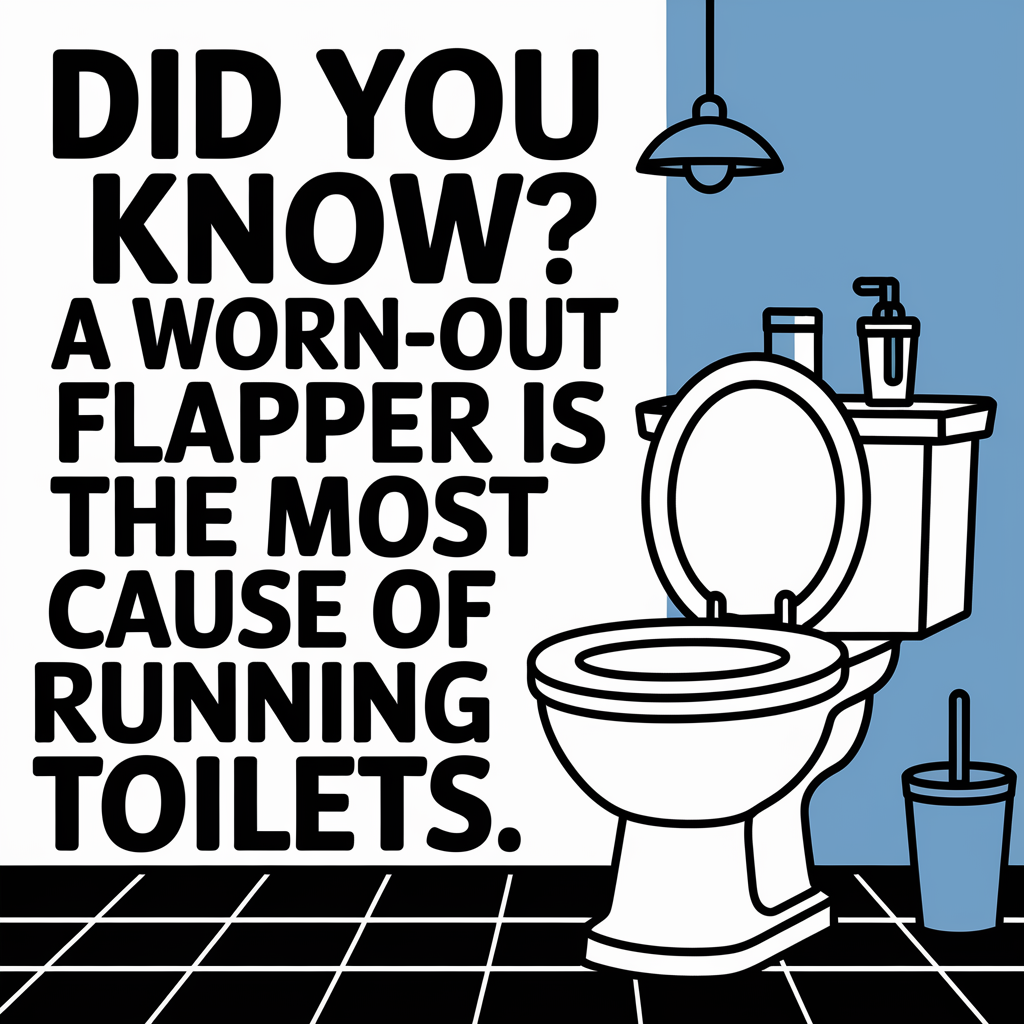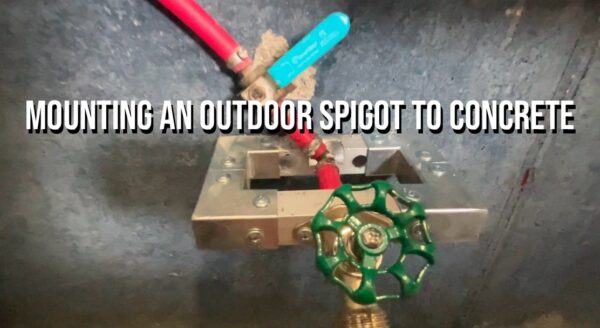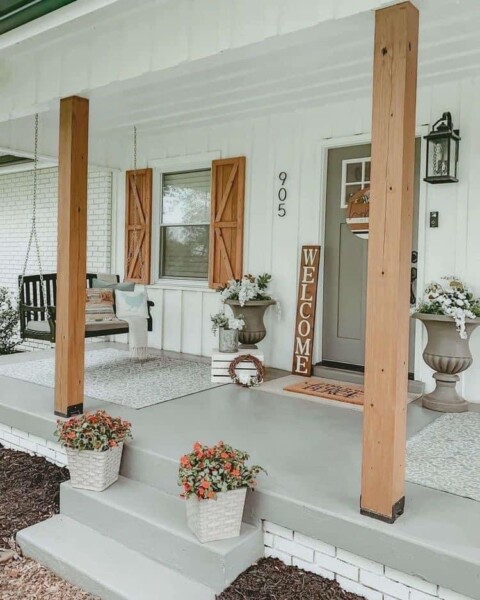
A Worn-Out Flapper Is the Most Common Cause of Running Toilets
You hear it—again. That soft hissing noise from the bathroom when no one’s in there. That means your toilet is running, and it’s more than just annoying. A running toilet can waste up to 200 gallons of water per day, racking up your water bill fast. Most of the time, the fix is surprisingly simple: it’s your toilet flapper.
I’ve run into this issue more than once, and whether it’s at my house, a friend’s place, or even in rentals, 9 times out of 10, it’s the same thing—a worn-out flapper.
How the Toilet Flapper Works (And Why It Fails)
Your toilet flapper is the rubber seal at the bottom of the tank that lifts up when you flush, letting water rush into the bowl. After the flush, it’s supposed to drop back down and seal the tank so it can refill.
But over time, that rubber gets stiff, cracked, or misaligned. When that happens, it can’t form a tight seal, and water keeps trickling from the tank into the bowl—nonstop.
If this sounds like your issue, don’t worry. We’ve got a full breakdown on how to stop the madness:
👉🏼 Toilet Won’t Stop Running? Here’s the Real Fix
How to Tell If Your Toilet Flapper Is the Problem
Here’s a simple way I’ve tested it over the years:
Take the lid off your toilet tank and put a few drops of food coloring in the water. Wait 10–15 minutes without flushing. If colored water shows up in the bowl, your flapper’s leaking—and it’s time to replace it.
You can also just look at the flapper. If it looks brittle, warped, or doesn’t sit flush (no pun intended), it’s toast.
Still unsure? This deeper guide will walk you through how to properly identify flapper issues and other sneaky causes:
👉🏼 Identifying the Cause of a Running Toilet
Fixing a Faulty Flapper—It’s Easier Than You Think
Replacing a flapper is cheap and takes less than 10 minutes. You’ll just need:
- A universal toilet flapper (under $10 at most hardware stores)
- Scissors (maybe)
- A towel (in case your hands get wet)
Steps:
- Turn off the water valve behind the toilet.
- Flush to empty the tank.
- Remove the old flapper by unhooking it from the pegs.
- Attach the new one, ensuring the chain has just a bit of slack.
- Turn water back on and test it.
Still need help? I broke the full repair process down in a step-by-step guide anyone can follow—even if you’ve never touched a toilet tank before.
Other Common Culprits: Misadjusted Float or Fill Valve
If your flapper is fine but the toilet keeps running, the problem could be the float or fill valve.
- If the float is too high, water overflows into the overflow tube and the tank never stops trying to fill.
- If the fill valve is worn out, it might not shut off properly.
To fix the float, gently adjust the height by moving the clip or turning the screw (depending on the model). A fill valve might need cleaning—or replacing altogether.
Here’s a quick guide to other minor adjustments and fixes that can save the day:
👉🏼 Toilet Won’t Stop Running? Here’s the Real Fix
How Much Water Does a Running Toilet Waste?
This might surprise you—just one running toilet can leak away 200 gallons a day. That’s not a typo. And if you’re on a water meter, that can mean hundreds of dollars wasted each year.
Find out how fast that adds up in this quick read:
👉🏼 A Running Toilet Can Waste 200 Gallons of Water Per Day
Signs Your Toilet Has a Flapper Problem vs Something Else
Not sure if the problem is the flapper, float, or something bigger? Here are a few quick signs:
- Toilet fills constantly: Flapper is likely leaking.
- Toilet won’t flush properly or flushes weakly: That could be a different issue entirely—like a clog or mineral buildup.
👉🏼 Why Is My Toilet Flushing So Slow? - Water smells weird in the bowl: That’s not a flapper thing—you might be dealing with bacteria or stagnant water.
👉🏼 What Really Causes Toilet Water to Smell Bad?
What If Replacing the Flapper Doesn’t Work?
Sometimes, it’s not just the flapper—it could be the entire flush valve or even a cracked overflow tube. These issues take a little more elbow grease, but are still DIY-friendly if you’re handy.
If you’re overwhelmed, consider starting fresh with a toilet repair kit that includes everything: new flapper, fill valve, float, and even hardware.
And when in doubt, grab the right tools. Every bathroom should have a quality plunger, just in case the problem starts moving down the pipes:
👉🏼 The Best Toilet Plunger You Can Buy
Bonus: Give Your Bathroom a Little Personality
While you’re already digging around your bathroom fixing things, why not have a little fun with it?
👉🏼 Lighten Up Your Bathroom with These Hilarious Wall Art Ideas
Because let’s face it—if you’re going to spend time fixing a toilet, you deserve a laugh while you’re at it.
Get Ahead of Toilet Troubles for Good
Don’t wait until your water bill triples. The moment you hear that trickling sound or notice the tank constantly refilling, check the flapper first—it’s the most common reason toilets won’t stop running.
If it’s not the flapper, you’ve got backup with all these DIY solutions we’ve put together. Learn to stop the leak, save the water, and skip the plumber bill—all in one go.
👉🏼 Toilet Won’t Stop Running? Here’s the Real Fix
As an Amazon Associate we earn from qualifying purchases through some links in our articles.



